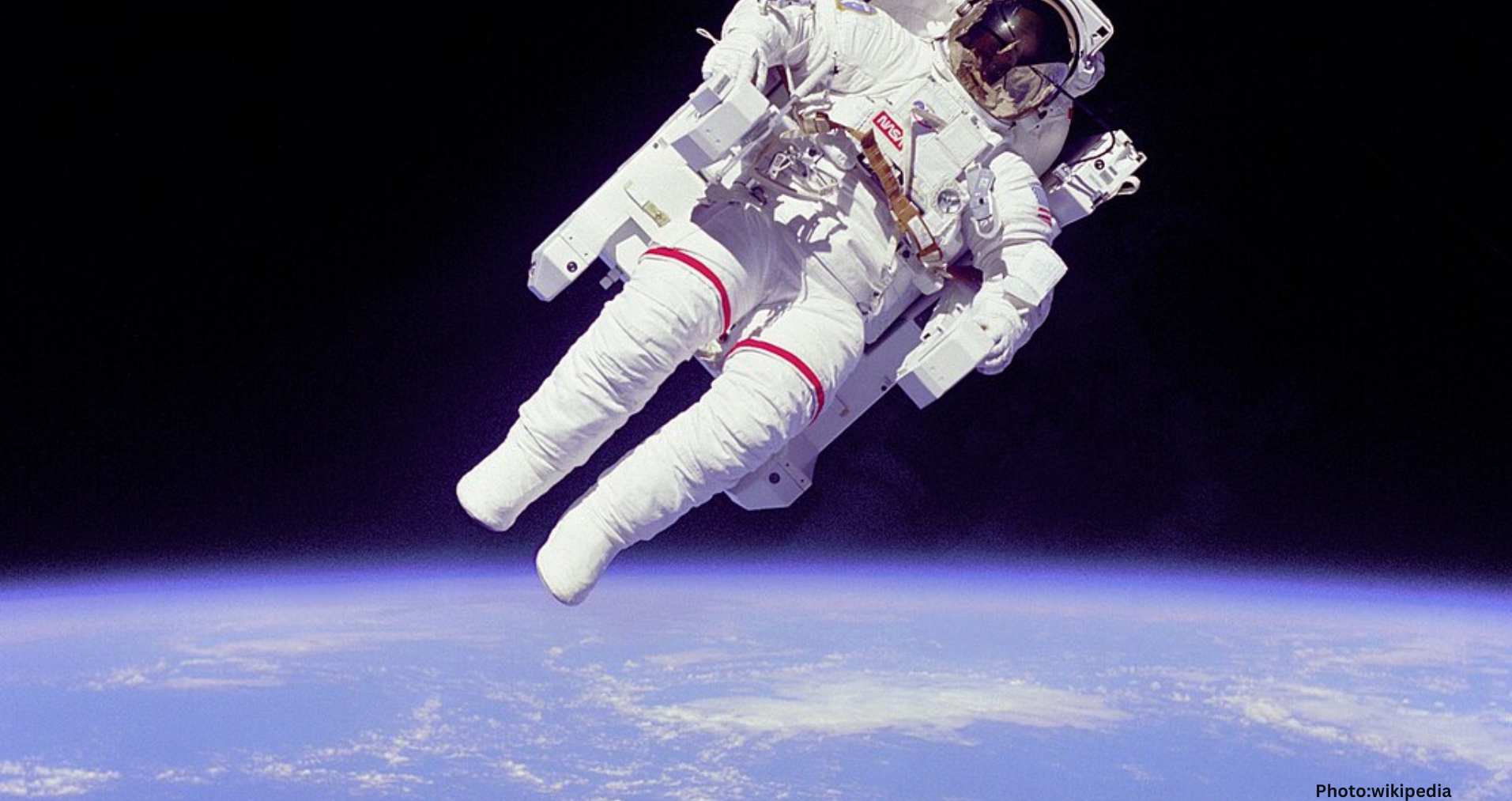NASA has finalized its strategy to sustain a human presence in space, focusing on the future of human activity in orbit following the planned de-orbiting of the International Space Station in 2030.
This week, NASA announced the finalization of its strategy aimed at maintaining a human presence in space, particularly in light of the upcoming retirement of the International Space Station (ISS) in 2030. The new document underscores the importance of ensuring that extended stays in orbit continue after the ISS is decommissioned.
“NASA’s Low Earth Orbit Microgravity Strategy will guide the agency toward the next generation of continuous human presence in orbit, enable greater economic growth, and maintain international partnerships,” the document states.
The commitment to this strategy comes amid concerns regarding the readiness of new commercial space stations to take over once the ISS is retired. With the incoming Trump administration’s focus on budget cuts through the Department of Government Efficiency, there are fears that NASA may face funding reductions.
“Just like everybody has to make hard decisions when the budget is tight, we’ve made some choices over the last year to cut back programs or cancel them altogether to ensure that we’re focused on our highest priorities,” said NASA Deputy Administrator Pam Melroy.
Commercial space company Voyager is actively working on one of the potential replacements for the ISS. The company has expressed support for NASA’s strategy to maintain a human presence in space. “We need that commitment because we have our investors asking, ‘Is the United States committed?’” said Jeffrey Manber, Voyager’s president of international and space stations.
The initiative to keep humans in space has historical roots, dating back to President Reagan’s administration, which first launched efforts for a permanent human presence in space. Reagan emphasized the importance of private partnerships in this endeavor, stating during his 1984 State of the Union address, “America has always been greatest when we dared to be great. We can reach for greatness.” He also noted that the market for space transportation could exceed the nation’s capacity to develop it.
The ISS, which has been continuously occupied for 24 years, first launched its initial module in 1998 and has since hosted over 28 individuals from 23 different countries. The Trump administration’s national space policy released in 2020 called for maintaining a “continuous human presence in Earth orbit” while emphasizing the transition to commercial platforms—a policy that the Biden administration has continued.
“Let’s say we didn’t have commercial stations that are ready to go. Technically, we could keep the space station going, but the idea was to fly it through 2030 and de-orbit it in 2031,” NASA Administrator Bill Nelson stated in June.
In recent months, there have been discussions about the implications of losing the ISS without a commercial station ready to replace it. Melroy addressed these concerns at the International Astronautical Congress in October, stating, “I just want to talk about the elephant in the room for a moment, continuous human presence. What does that mean? Is it continuous heartbeat or continuous capability?”
NASA’s finalized strategy has taken into account feedback from both commercial and international partners regarding the potential loss of the ISS. “Almost all of our industry partners agreed. Continuous presence is continuous heartbeat. And so that’s where we stand,” Melroy noted. She emphasized that the United States currently leads in human spaceflight, and the only other space station that will remain in orbit after the ISS de-orbits will be the Chinese space station, highlighting the importance of maintaining U.S. leadership in this domain.
Three companies, including Voyager, are collaborating with NASA to develop commercial space stations. Axiom signed an agreement with NASA in 2020, while contracts were awarded to Nanoracks, now part of Voyager Space, and Blue Origin in 2021.
Melroy acknowledged the challenges faced, particularly due to budget caps established through negotiations between the White House and Congress for fiscal years 2024 and 2025, which have limited investment. “What we do is co-invest with our commercial partners to do the development. I think we’re still able to make it happen before the end of 2030, though, to get a commercial space station up and running so that we have a continuous heartbeat of American astronauts on orbit,” she said.
Voyager has asserted that it is on track with its development timeline and plans to launch its starship space station in 2028. “We’re not asking for more money. We’re going ahead. We’re ready to replace the International Space Station,” Manber stated. He emphasized the importance of maintaining a permanent presence in space, warning that losing it would disrupt the supply chain established by numerous companies contributing to the space economy.
Additional funding has been allocated to the three companies since the initial space station contracts, and a second round of funding could be critical for some projects. NASA may also consider funding new space station proposals, including Long Beach, California’s Vast Space, which recently unveiled concepts for its Haven modules and plans to launch Haven-1 as early as next year.
“We absolutely think competition is critical. This is a development project. It’s challenging. It was hard to build the space station. We’re asking our commercial partners to step up and do this themselves with some help from us. We think it’s really important that we carry as many options going forward to see which one really pans out when we actually get there,” Melroy concluded.
Source: Original article

